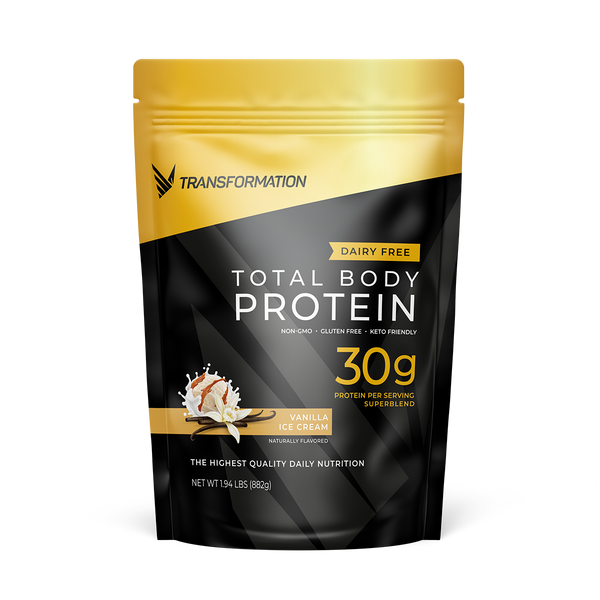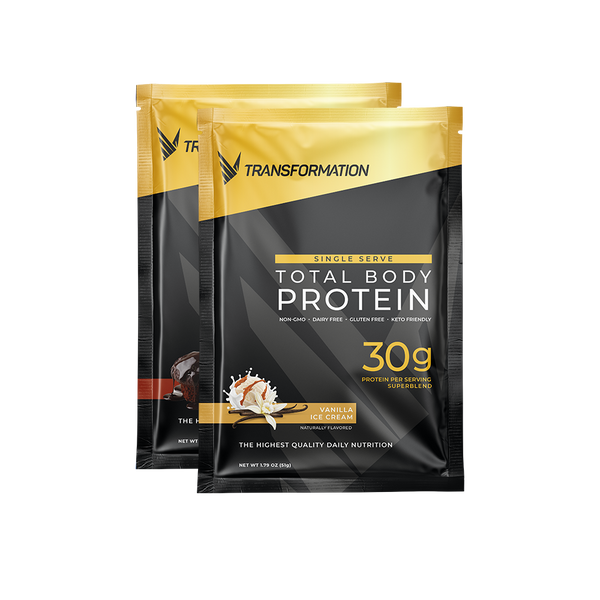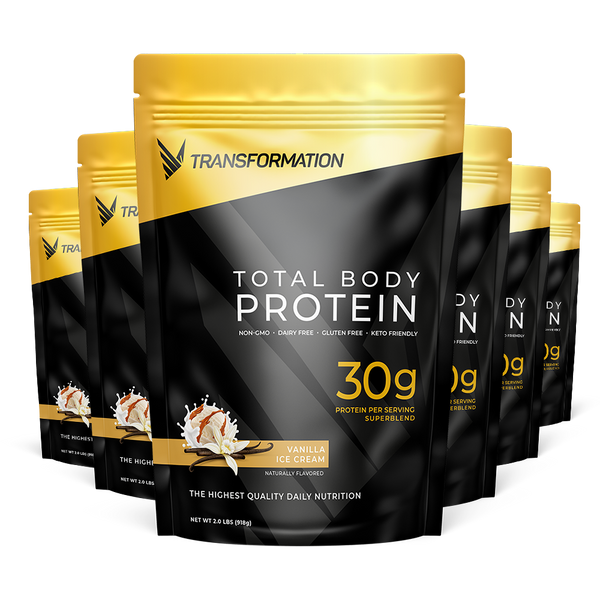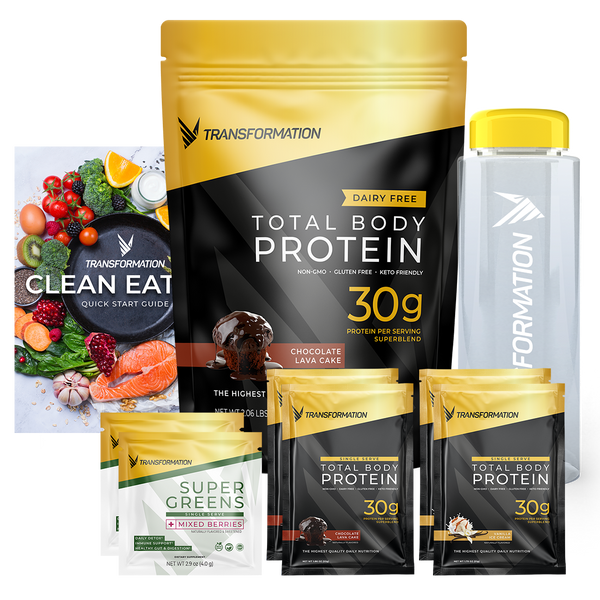
Build Strength and Power: A Guide to Strength Training for Adults Over 40
Entering the fourth decade of life brings about many changes, with a noticeable natural decline in muscle mass, scientifically known as sarcopenia. This decline can inadvertently affect our strength, metabolism, and bone density, putting us at higher risks for injuries and health conditions.
But here is the silver lining: strength training can serve as a mighty weapon to fend off these changes and equip you to flourish in your 40s and beyond.
Perks of Strength Training for Individuals Over 40
- Craft Your Strength and Emerge as a Functional Powerhouse: Strength training goes beyond the cosmetic appeal; it's all about constructing practical strength that seeps into your everyday life. Visualize carrying your groceries with ease, scaling stairs without breaking a sweat, or relishing your favorite activities - all credit to the enhanced strength and improved functionality achieved through regular training.
- Bolster Your Bedrock: Amplify Bone Density and Cut Down Fracture Risk: Strength training plays a vital role in fostering bone health, particularly for women, who are more prone to osteoporosis as they age. By putting your bones under controlled stress, strength training nudges them to grow denser and sturdier, substantially lowering the risk of fractures and helping you stay active and independent for longer.
- Boost Balance and Coordination - Move with Certainty: With age, our balance and coordination tend to naturally deteriorate. Strength training can be a game-changer, improving your body's proprioception or awareness of its position in space. This results in better balance, allows you to navigate with confidence, and cuts down the risk of falls, a common worry as we get older.
- Stoke Your Metabolism and Keep Weight in Check Naturally: Muscles are metabolically active, meaning they burn more calories even when at rest compared to fat. By cultivating muscle mass through strength training, you can naturally ignite your metabolism, making it simpler to sustain a healthy weight and manage your overall health.
- Empower Your Everyday Existence: Adopt Independence and Confidence: The advantages of strength training seep beyond the confines of the gym. The boost in strength, improved function, and heightened confidence achieved through consistent training empower you to conquer everyday activities with ease and independence. Picture the joy of playing with your grandkids, immersing yourself in your hobbies without restrictions, and just feeling robust and competent in your day-to-day life.
Building Your Strength Training Routine:

Safety First: Proper form is crucial to prevent injuries. Consider consulting a healthcare professional or certified personal trainer, especially if you're a beginner or have any health conditions.
Key Principles:
- Prioritize Flawless Form: While the allure of heavier weights might be strong, remember, quality over quantity. It's crucial to prioritize proper technique over lifting heavier weights with compromised form. This not only minimizes the risk of injury but also ensures you target the intended muscle groups effectively, maximizing the benefits of each exercise.
- Embrace Compound Movements: Your time is precious. Opt for compound movements that engage multiple muscle groups simultaneously, like squats, lunges, and rows. These exercises not only provide a more efficient workout but also contribute to building overall functional strength, translating to better performance in daily activities.
- Find Your Sweet Spot: Sets and Reps: Aim for 2-3 sets of 8-12 repetitions per exercise. This range ensures you challenge your muscles sufficiently while allowing you to maintain proper form throughout the set. Remember, it's okay to start lighter and gradually increase the weight as you gain strength. Don't be afraid to experiment and find the "sweet spot" that feels challenging yet achievable for you.
- Rest, Recover, and Repeat: Allow for 30-60 seconds of rest between sets to allow your muscles to recover before the next round. Don't underestimate the power of rest days. Schedule them strategically throughout your week to allow your muscles time to repair and rebuild, ultimately leading to improved strength and performance. Remember, building muscle happens during rest, so don't feel guilty about taking those well-deserved recovery days.
Sample Beginner-Friendly Strength Training Routine

Start with a safe and accessible routine. This sample program provides a foundation to build upon, gradually increasing intensity and complexity as you progress. Aim for 2-3 sessions per week with at least one rest day in between for optimal muscle recovery.
Warm-up (5-10 minutes):
Light Cardio: Get your blood pumping and loosen up your joints with 5-10 minutes of light cardio. Brisk walking, jumping jacks, or jogging on the spot are excellent options. This prepares your body for exercise and helps prevent injuries.
Dynamic Stretches: Enhance mobility and prepare your muscles for movement with dynamic stretches like arm circles, leg swings, and torso twists. These stretches are active and fluid, mimicking the motions you'll use in your workout.
Strength Training (20-30 minutes):
This routine focuses on compound exercises that engage multiple muscle groups simultaneously, maximizing efficiency and building functional strength. Remember to prioritize proper form over heavier weights.
Lower Body:
- Squats (3 sets of 8-12 reps): Stand with your feet shoulder-width apart, toes slightly outward. Lower your body as if sitting back in a chair, keeping your back straight and core engaged. Push through your heels to return to the starting position. You can begin with bodyweight squats and gradually progress to adding dumbbells as you get stronger.
- Lunges (3 sets of 8-12 reps per leg): Step forward with one leg, lowering your body until both knees are bent at 90-degree angles. Keep your front knee aligned over your ankle and your back heel lifted. Push through your front heel to return to the starting position, then repeat on the other leg. You can perform bodyweight lunges or add dumbbells in each hand as you gain strength.
Upper Body:
Core:
- Plank (3 sets of holding for 30-60 seconds): Start in a push-up position with your forearms on the ground and your elbows shoulder-width apart. Keep your body in a straight line from head to heels, engaging your core to maintain proper form. Hold this position for 30-60 seconds, gradually increasing the hold time as you get stronger.
Cool-down (5-10 minutes):
Progressing Beyond the Basics:
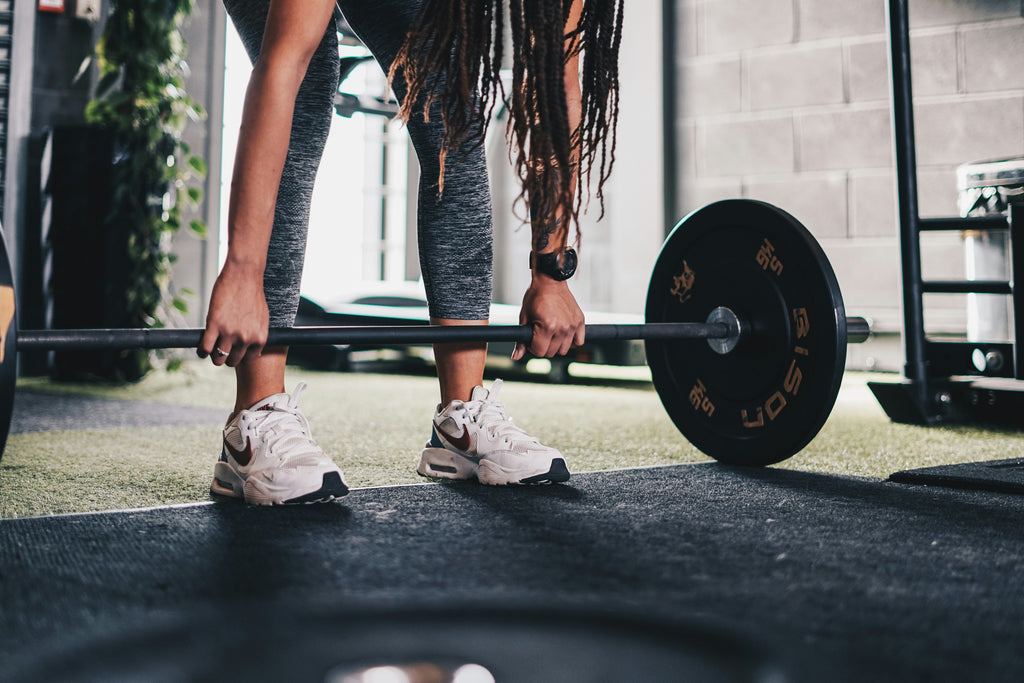
As you get stronger, gradually increase the difficulty by adding weight, increasing reps/sets, or trying more challenging variations of exercises. You can also explore a wider variety of options:
- Free weights (dumbbells, barbells)
- Weight machines
- Bodyweight exercises with increased difficulty (e.g., single-leg squats, jump squats)
- Pilates or yoga classes designed for strength training
Remember:
- Consistency is Key: Aim for at least 2-3 strength training sessions per week for long-term results. Consistency is crucial for building and maintaining muscle mass.
- Listen to Your Body: Take rest days when needed and modify exercises to avoid pain. Pushing through pain can lead to injury, so listen to your body's signals.
- Celebrate Your Achievements: Acknowledge and celebrate your progress, no matter how small. Recognizing your achievements will keep you motivated on your fitness journey.


